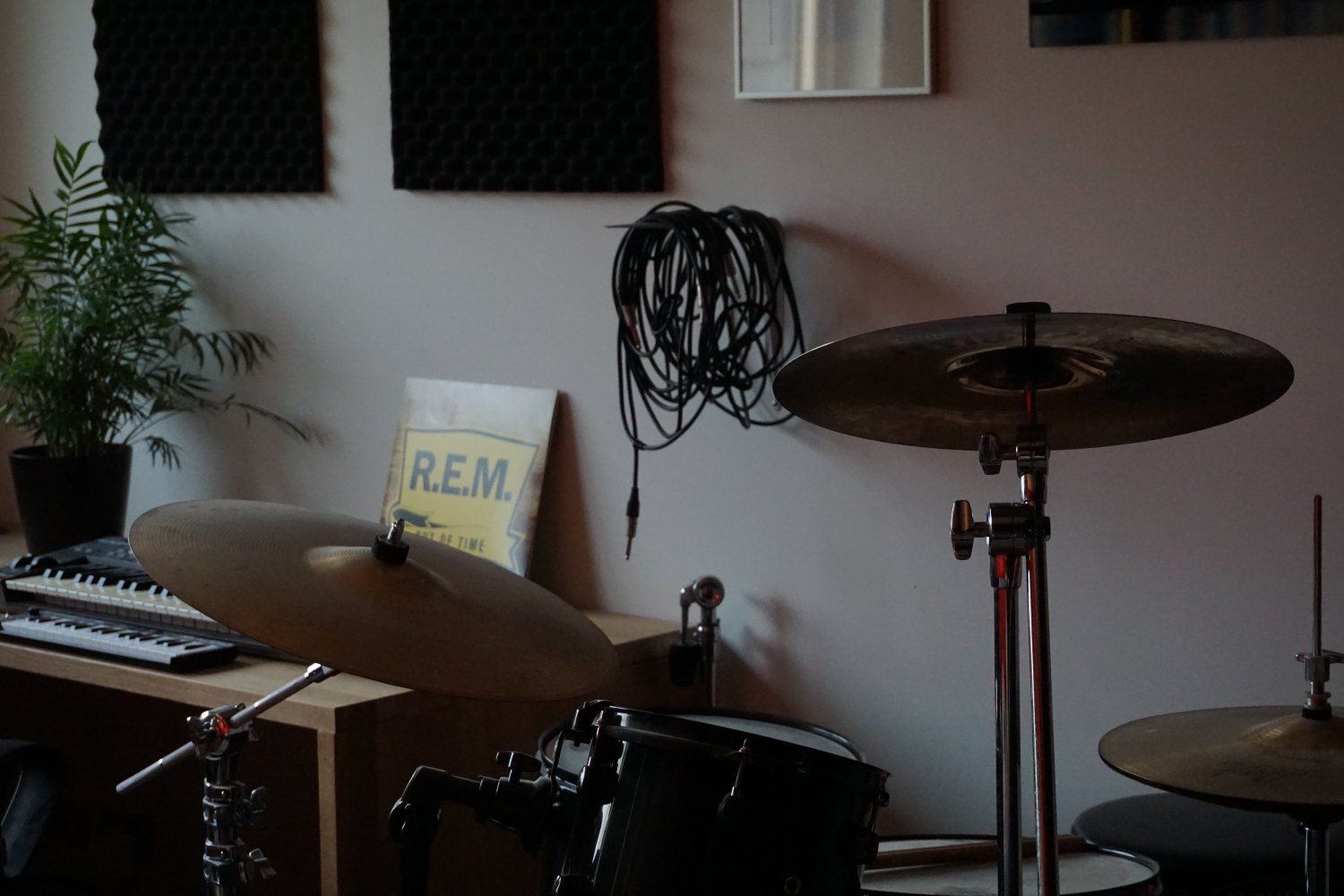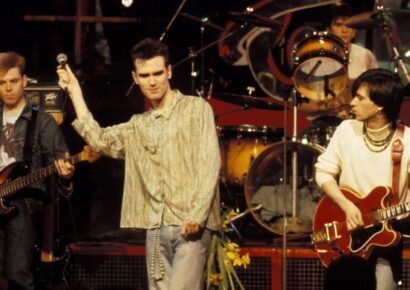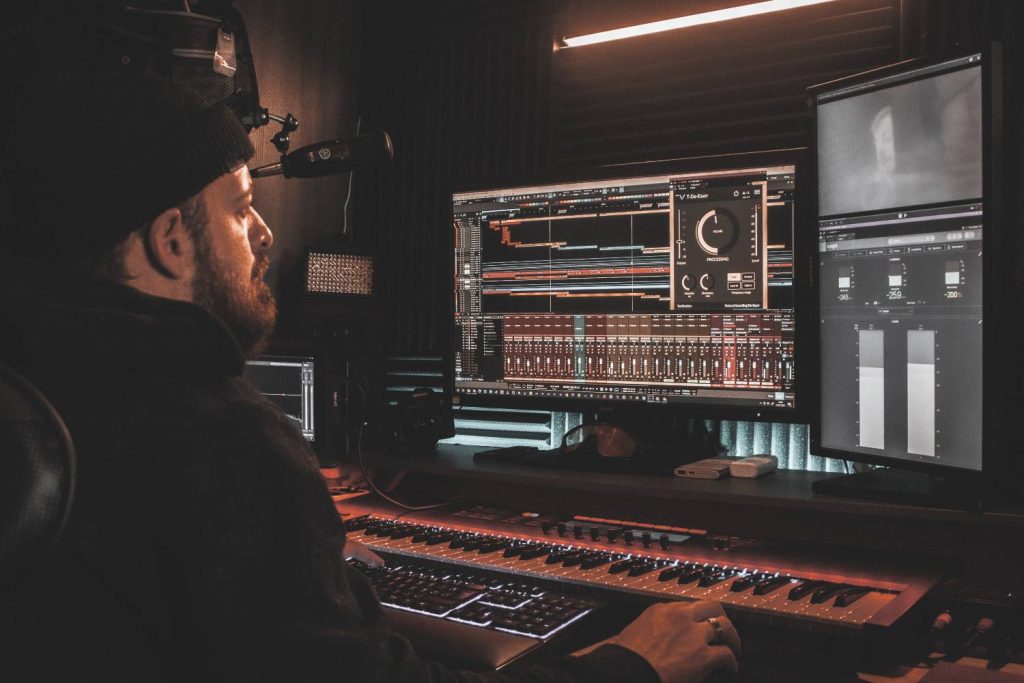When recording drums - when should we play to click and when shouldn't we?
I watched an awesome interview recently with the great Steve Gadd, where he was talking about recording drums for Aja by Steely Dan.
Read up on all the latest features and columns here.
Gadd’s playing on this is incredible – tasteful, yet powerful and energetic. There are moments of just playing for the music and moments of explosive drum solo that featured some of the most classic Gadd fills we’ve come to love. Steve was however, reading a chart, playing to a click and did it – rumour has it – in one take. Even if it wasn’t one take, who cares. It was the whole eight-minute track recorded to tape/vinyl and Steve was a ring-in on the day. It made the album, but Gadd always makes grooves feel so good regardless of click or no click.
On The Grid
Got me thinking. Playing to a click, making it groove, but then the move to grid or quantise the drums. When and why do we do this, and when shouldn’t we? I’d recently completed a session for an artist at home. There was no click track but there was a track with some midi programmed drums, which I played along to. Unfortunately, I’m not Steve Gadd and my performance wasn’t automatically received with open arms, the primary reason being because it wasn’t sitting perfectly on the grid and the artist wanted it more that way. At first, I was a little down on myself because as a drummer, I should be able to do just that, but then I also had to think and unpack it a little more.
Gridding or quantising is an interesting concept and, in some cases, a very valid one. A simple definition for this mixing technique could be that gridding ‘takes away imperfections in performance’. Imperfections, however, can be something that can provide a human element or a feel to a performance. I’m not talking about mistakes or sloppiness but I’m talking about where the groove sits. Every drummer has a bit of distinct pocket or placement for their groove and the good ones – Steve Gadd or Jeff Porcaro for example, can choose where they want the groove to sit. Be it fractionally in front or behind the click for example, resulting in a laid-back groove or potentially, an energetic one.
Moving Around
A lot of Pop music today has programmed drums sitting perfectly on the grid, 100% of the time. All good. But other styles call for different things. Anyone that’s heard a D’Angelo album or listened to the ‘push/pull’ feeling of an Afro Cuban piece will understand those situations cannot afford to be gridded because the feel is all in the placement of the notes – around the click or the beat.
In my situation, the song was calling for some energy and whilst I thought I brought it, my placement wasn’t working for the client, and this is fair enough – I quantised the track using FlexTime in Logic Pro. One thing I considered however was the order of what instrument is being recorded in. For example, when I placed my drum take against a version without gridded drums in the background, it sounded ok. But against the perfectly lined up midi drums, I sounded a little off. Now, if in a studio I laid down my part first and everyone else played to my take, there would have been a different result or maybe it would have sat better again.
If the artist is however wanting the beat to be perfectly placed (and this also moves into the realm of consistency of note velocity and compression too), then this is fine, and quantising will take away the stress of the groove feeling behind/in front etc from the word go. Some tracks might just call for it – even additionally, putting samples on top of the drums for the most perfect result. It’s a done thing but it’s just an interesting concept. Question is however – is the drummer even required at this point?
Practice Time
Steve Gadd’s placement in and around the beat is genius to behold. Even more interesting for me is that Aja by Steely Dan was by nature, a Pop piece of music when it was released – and it grooves its armpits off with no gridding. But that’s a whole different argument and now, I’m going to go do some practice.
Craving more Steely Dan? Check out our list of the best dad rock songs of all time.







